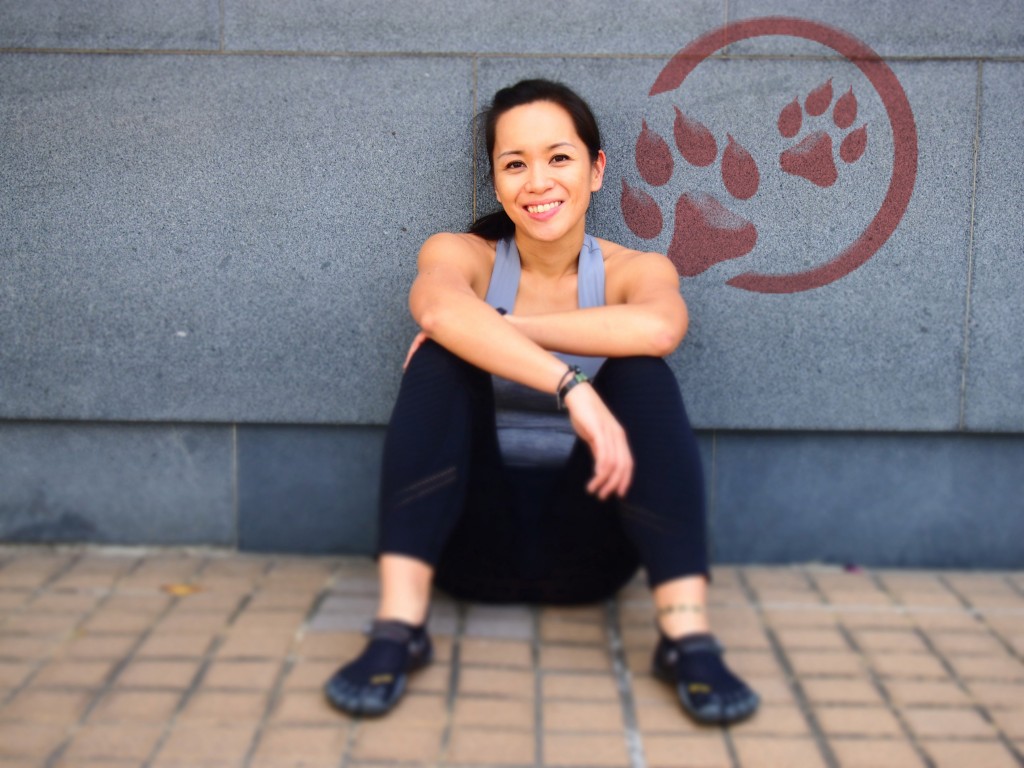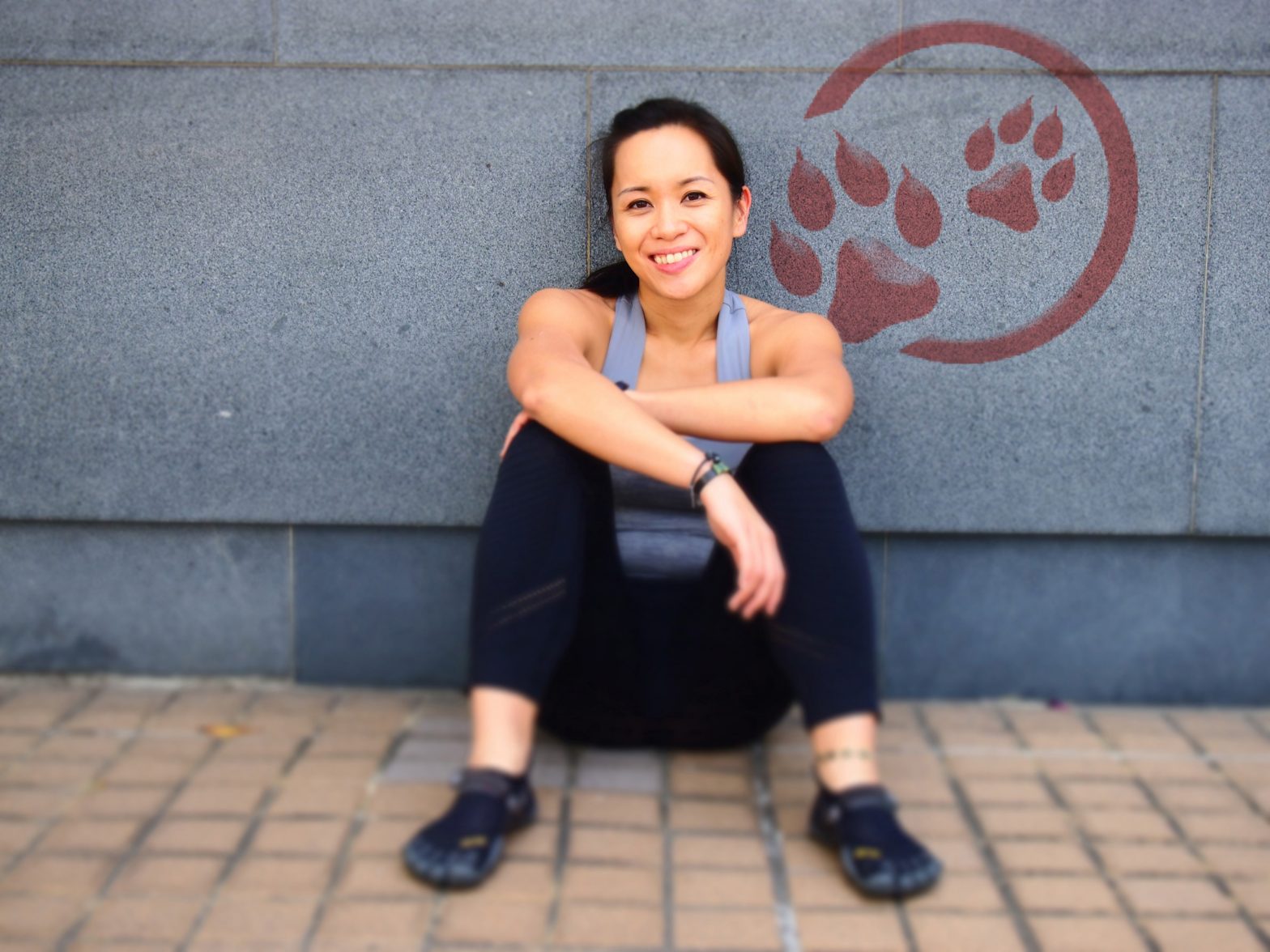We speak to Lory May Martin of Pack of Packs, a blog all about living the paleo lifestyle in Hong Kong. She shares her tips and pointers.

What does paleo mean, exactly?
In a nutshell, the paleo theory is that, genetically speaking, we have not changed much from our palaeolithic ancestors. This means that we are wired to thrive when we follow a diet of real food like veggies, fruit, good fats, grass-fed animal protein and carbs from roots and tubers. Gorillas in captivity that are fed a dry food called “gorilla biscuits” have been observed to suffer from obesity-related conditions. But once the zoos started feeding them foods closer to their natural diet, the animals’ health improved. In a way we have traded real foods for our form of gorilla biscuits – processed foods high in refined sweeteners and fat. The paleo diet is a way to return to a healthier lifestyle.
What are the health benefits of a paleo diet?
25 percent of Hong Kong’s population suffers from chronic diseases like hypertension or diabetes. With the paleo diet, people have reported improved well-being, weight-loss, more energy and better sleep.
Some people might think that paleo is a bit boring or limiting. How can we be more creative with it?
It is limiting insofar that you won’t have access to fast foods and snacks. But if you are getting into the paleo diet now, you’re in luck. There are lots of easy paleo recipes out there; check out websites like nomnompaleo.com. Even in restaurants you can try to spot the dishes which can be “paleofied” by simply tweaking things like asking the waiter to serve a sauce on the side, swap the fries with stir-fried veggies or having a naked burger without the bun and with a bit more lettuce instead.
What are some of the challenges of going paleo in Hong Kong?
Many people don’t have time to cook, and depend on eating out or on their helpers. With that said, a few months ago Poh from Khush Life started offering paleo cooking classes for domestic helpers. Another challenge is Cantonese cuisine which is delicious, but uses a lot of vegetable oil and sugar. Dim sum is tricky, but dinner is a tad easier and can be managed thanks to a range of stir-fried dishes.
I want to start introducing paleo aspects to my diet. What are some key changes that I can make today?
Gradually introduce more and more real food into your diet: vegetables, fruits, animal protein, healthy fats and nuts from an ideally organic and/or pasture-fed source. Pay more attention to food labels. That mixed fruit bar might look healthy as a snack but if the first three ingredients are soy protein chips, agave syrup and oligofructose, then you might want to pick something else.
Best restaurants for paleo-friendly feasting?
Hong Kong has a lot of decent steakhouses. Check out their menus online; many offer grass-fed steaks from Australia, New Zealand or sometimes the US. My favourite is Tango, an Argentinian steakhouse in Central – they know how to serve a perfect medium-rare steak. Also look out for restaurants that specialise in nose-to-tail or farm-to-table dining like Fish and Meat.
Where are some good spots to stock up on paleo produce?
Luckily, the big grocery chains have caught up early and it’s quite easy to get organic veggies and fruits and even grass-fed meats in many chain supermarkets. Also, do not turn your nose up at frozen food. Frozen veggies and fruits often have a higher nutritional value than fresh imported produce. Local places such as small grocery stores markets are a good place for paleo staples (such as nuts, sweet potatoes and avocados). Online shopping is very affordable these days. For coconut oil, ghee, tea and certain spices I prefer iHerb.com. For grassfed meat, my friends and I merge our purchasing power and place a big order at Tenderloin.com.hk. For snacks, Berrytime has a decent selection of paleo snacks with free delivery in Hong Kong.

